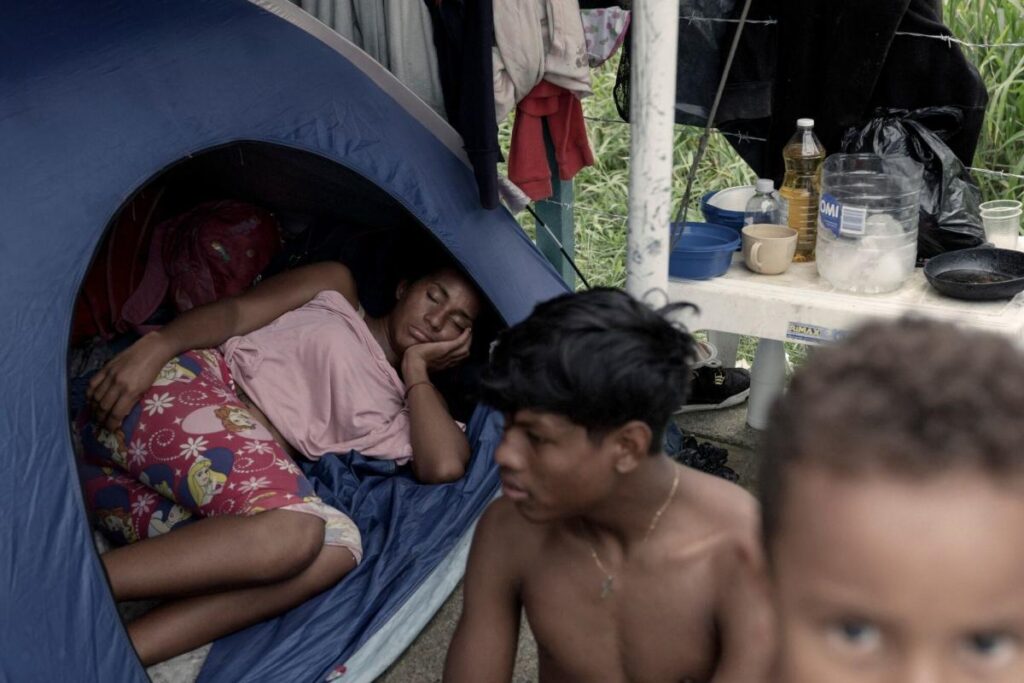In September, the number of migrants navigating the perilous Darien Gap surged by 51%, primarily driven by an increase in Venezuelans fleeing their homeland following the controversial reelection of Nicolas Maduro. The reported data indicates that 25,111 migrants traversed the treacherous jungle that month, with over 80% being Venezuelan nationals. Other nationalities included migrants from Colombia, Ecuador, and China. This sharp rise in migration has been attributed to heightened repression and unrest following the July elections in Venezuela, where international observers criticized the transparency and fairness of the electoral process.
One striking statistic is that 19,800 Venezuelans undertook the dangerous journey through the Darien Gap in September alone, marking a significant 68% increase from the previous month. The continuing crisis in Venezuela has been affecting the migration patterns across the region. Since 2015, nearly 8 million individuals have fled the country, a situation described as the largest mass migration crisis in the Americas. As Venezuelan migrants settle in various countries, the backlash against their influx has become more pronounced, particularly in areas where locals perceive that an increase in their population correlates with spikes in crime rates.
Amidst the growing number of Venezuelan migrants, the political landscape in the United States faces potential upheaval. Currently, there are over 500,000 Venezuelan migrants residing in the U.S., according to the United Nations. As more Venezuelans embark on their journey to find refuge, immigration recurring as a prominent issue in U.S. politics might escalate. A recent Gallup poll indicates that immigration has regained prominence among voters’ concerns, which had waned during the summer months but remains below the levels seen earlier in the year.
The strained and uncertain conditions in Venezuela are driving people to risk their lives migrating through dangerous terrains to seek better futures. The Maduro government’s ongoing repression and the bleak economic situation have resulted in desperate attempts to escape. As they venture through regions like the Darien Gap—a vast stretch of wilderness known for its treacherous terrain and notorious for being dangerous—these migrants face not only the peril of the journey itself but also the challenges of being in unfamiliar territories.
The significant uptick in Venezuelan migration is also reflective of broader immigration trends in the Americas. Increasingly, migrants from countries experiencing political instability and economic distress are seeking refuge and stability elsewhere. However, this phenomenon has sparked a complex dialogue about immigration policies, public perceptions, and the realities of integration into host communities. As host nations grapple with these influxes, concerns about managing resources, social services, and community safety arise, framing the narrative around Venezuelan migration within a larger context of regional migration crises.
Ultimately, the situation reflects a critical juncture where humanitarian crises intersect with political dynamics, both in Latin America and beyond. As migration patterns evolve and intensify, domestic policies, international cooperation, and community engagement will play pivotal roles in shaping outcomes for migrants and host countries alike. The response to these ongoing challenges will likely be a focal point in shaping national discussions on immigration, humanitarian aid, and international relations for the foreseeable future.

